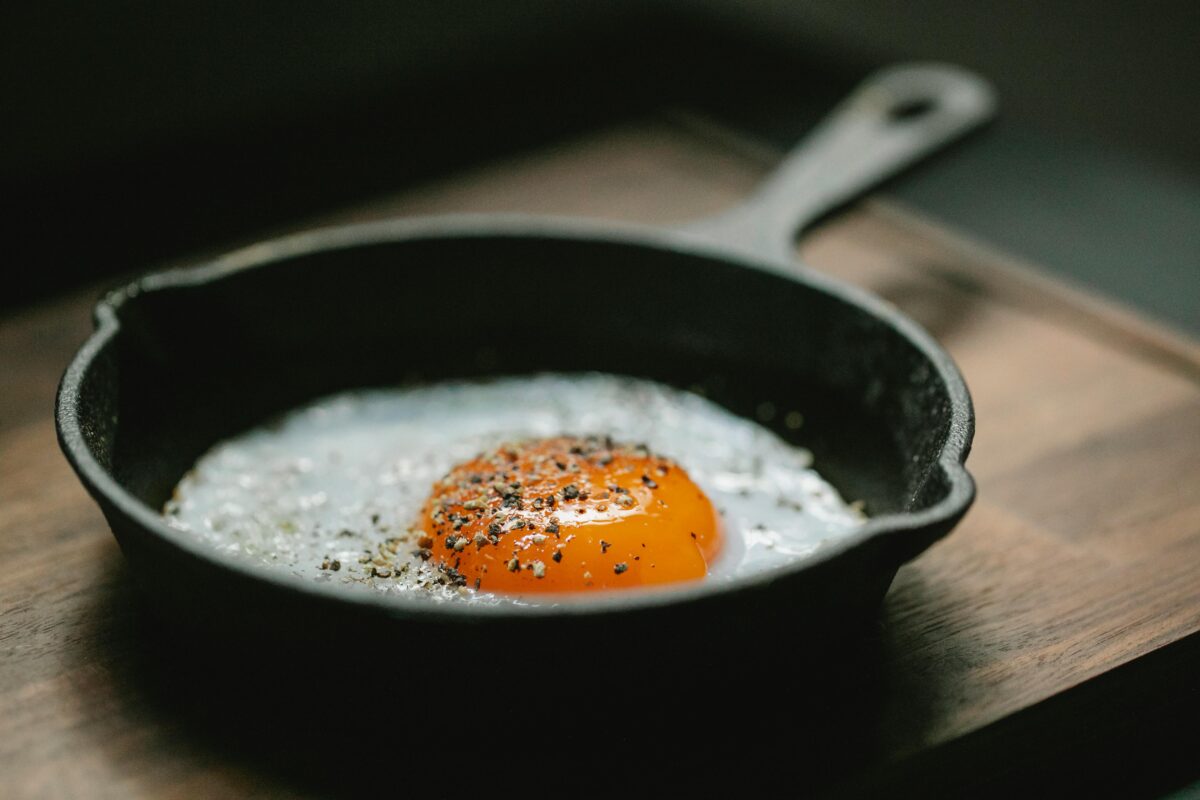Seasoning a cast iron skillet is a crucial process that enhances its non-stick properties, prevents rust, and prolongs its lifespan. Properly seasoned cookware can elevate your cooking experience, allowing for even heat distribution and easy food release. This guide will walk you through the essentials of seasoning your skillet, ensuring it remains a reliable kitchen companion for years to come.
Why Seasoning Matters for Cast Iron Skillets
Seasoning is the process of applying oil to the surface of a cast iron skillet and heating it to create a natural non-stick coating. This layer of polymerized oil protects the skillet from moisture, which can cause rust and deterioration. A well-seasoned skillet not only improves cooking performance but also enhances the flavor of your dishes over time.
What You Need to Season a Cast Iron Skillet
Before you begin the seasoning process, gather the following materials:
- Cast iron skillet
- Soap and water for initial cleaning
- Dry cloth or paper towels
- High-smoke point oil (see below for options)
- Aluminum foil or a baking sheet
- Oven
Recommended Oils for Seasoning Cast Iron
Choosing the right oil is essential for effective seasoning. Here are some of the best options:
- Flaxseed Oil: High smoke point, creates a hard coating. However, it can be costly and may require multiple applications.
- Canola Oil: Affordable and widely available, with a decent smoke point. It provides good results but may not be as durable as other oils.
- Coconut Oil: Offers a pleasant flavor and a moderate smoke point. It can go rancid if not stored properly.
- Vegetable Oil: Common and effective, but may not provide the best long-term results compared to other oils.
Step-by-Step Guide: How to Season a Cast Iron Skillet
Follow these steps for successful seasoning:
- Clean the Skillet: If your skillet is new or has rust, scrub it with soap and water. Rinse thoroughly and dry completely with a cloth or paper towel.
- Apply Oil: Using a paper towel, apply a thin layer of your chosen oil to the entire surface of the skillet, including the handle and the exterior. Wipe off any excess oil to prevent a sticky finish.
- Prepare the Oven: Preheat your oven to 450°F (232°C). This high temperature helps the oil polymerize, forming a durable coating.
- Bake the Skillet: Place a sheet of aluminum foil or a baking sheet on the bottom rack to catch any drips. Place the skillet upside down on the top rack. Bake for one hour.
- Cool Down: After an hour, turn off the oven and allow the skillet to cool inside. This gradual cooling process helps set the seasoning.
The frequency of seasoning depends on how often you use your skillet and the types of foods you cook. Generally, it is advisable to season your skillet:
- After the initial seasoning process
- Every few months with regular use
- Whenever food starts to stick or the surface looks dull
Common Seasoning Issues
Even with careful seasoning, issues can arise. Here are some common problems and their solutions:
- Sticky Surface: If your skillet feels sticky after seasoning, it may be due to excess oil. To fix this, reheat the skillet in the oven to 450°F for an hour, allowing the excess oil to burn off.
- Rust Formation: Rust can occur if the skillet is not properly dried or stored. To remove rust, scrub the affected area with steel wool, then re-season the skillet.
- Uneven Coating: If the seasoning appears uneven, it may be due to insufficient oil application. Ensure you apply a thin, even layer of oil and consider re-seasoning for better results.
Maintaining Your Seasoned Cast Iron Skillet
Proper maintenance is key to preserving your skillet’s seasoning and ensuring its longevity. Follow these tips:
- Cleaning: Avoid using soap for regular cleaning. Instead, use hot water and a stiff brush. For stubborn food, soak the skillet briefly and scrub.
- Drying: Always dry your skillet immediately after washing to prevent rust. You can place it on low heat for a few minutes to ensure it’s completely dry.
- Re-seasoning: If food starts to stick or the surface appears dull, apply a light coat of oil and reheat as described in the seasoning steps.
- Storage: Store your skillet in a dry place. If stacking with other cookware, place a paper towel between them to absorb moisture.
By following these guidelines, you can ensure that your cast iron skillet remains a valuable tool in your kitchen for many years. Whether you are a beginner or a seasoned home cook, mastering the art of seasoning will enhance your cooking experience and the quality of your meals.
